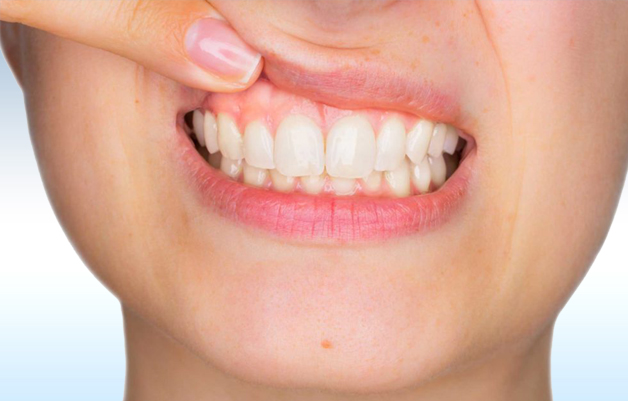
BDS Dentist Cosmetic and Aesthetic Dentist 8 Years Experience, Maharashtra

Practicing good oral hygiene is the most important action that a person can take to prevent and treat gum disease. Most people tend to overlook their gums when it comes to oral health and focus on getting a bright, white smile instead. However, healthy teeth require healthy gums.
Gum disease can lead to tooth loss. Fortunately, a person can take many steps to prevent and even reverse gum disease. These include:
• brushing the teeth properly
• choosing the right toothpaste
• flossing daily
• taking care when rinsing out the mouth
• using mouthwash
• having regular dental checkups
• stopping smoking
1. Brush the teeth properly
Brushing the teeth twice a day with fluoride toothpaste can help keep gums healthy.
Brushing the teeth properly is key to having a healthy mouth and gums.
• Brush at least twice a day using a soft-bristle toothbrush and fluoride toothpaste.
• Replace the toothbrush every 3 to 4 months or sooner if the bristles begin to fray.
• Brush the teeth at a 45-degree angle to the gums.
• Move the toothbrush in short strokes.
• Press gently.
• Clean the insides of the front teeth by turning the brush vertically and making several short strokes along each tooth.
2. Choose the right toothpaste
The toothpaste aisle in most stores will contain many varieties of toothpaste, from whitening products to formulas containing baking soda.
3. Floss daily
Many people neglect daily flossing, but this habit as an important part of oral care.
Flossing removes food and plaque from between the teeth and gums. If the food and plaque remain in these areas, this can lead to tartar, which is a hard build-up of bacteria that only a dentist can remove. Tartar can lead to gum disease.
4. Rinse your mouth out with care
Many people rinse their mouth out after brushing their teeth. However, oral hygiene practices should complement the effectiveness of fluoride products, such as toothpaste.
When a person washes their mouth out with water after brushing their teeth with fluoride toothpaste, they wash away the fluoride.
Conversely, when a person rinses their mouth out after eating, they may rinse away food and bacteria that can lead to plaque and tartar.
5. Use mouthwash
A therapeutic mouthwash can help:
• prevent gum disease
• reduce the speed at which tartar builds up
• reduce the amount of plaque on the teeth
• remove food particles from the mouth
However, people should not use mouthwash as a replacement for brushing and flossing.
Children under the age of 6 years should not use mouthwash.
6. Get regular dental checkups
Dental checkups typically include a professional cleaning of the mouth. Professional cleaning is the only way to remove tartar from the teeth. Professional cleaning can also help eliminate the plaque that a person may have missed when brushing their teeth.
With regular visits, a dentist can help identify the early signs of gum disease and gingivitis, a condition in which the gums become inflamed. Early detection can help prevent more severe problems from occurring.
7. Stop smoking
Smoking makes a person more susceptible to gum disease because it weakens the immune system.
Quitting smoking immediately to help reduce the risk of developing gum disease. The use of other tobacco products can also increase a person's risk.






